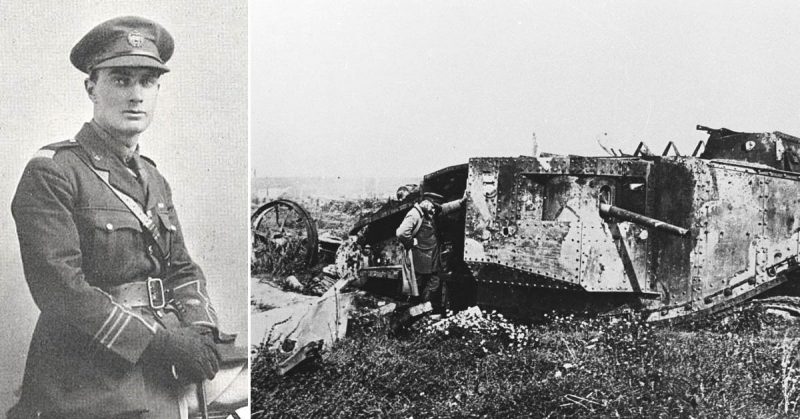The last member of the Tank Corps to be killed in the First World War has been identified – and he died just days before the Armistice in the very last tank battle.
Eric Robinson had also taken part in the very first tank attack on September 15, 1916, and had served throughout, receiving injuries and being awarded the Military Cross and Bar.
The Tank Museum in Bovington, Dorset, and historian Stephen Pope have uncovered the poignant story of the soldier who was aged 26 when he died on November 4, 1918.
Frederick Robinson – known as Eric – trained as an engineer and at the outbreak of war joined the Royal Naval Air Service.
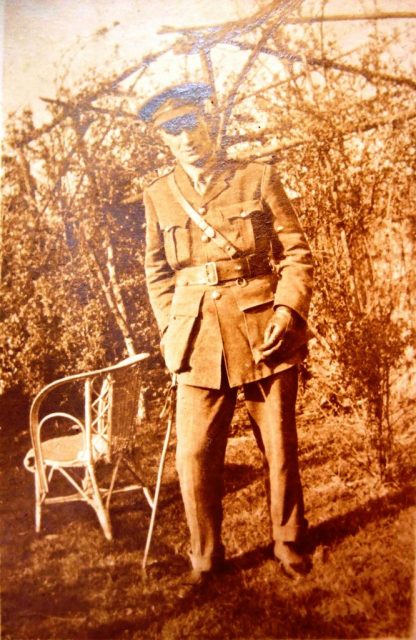
As a keen motorcyclist he moved to the RNAS Armoured Car Division and then the Army’s Motor Machine Gun Service (MMGS) where he was commissioned as an officer.
The MMGS was where many of the first tank crews were recruited from; Eric was among them and trained as a tank commander.
He and his crew fought in the first ever tank battle at Flers-Courcelette in France in September 1916.
Despite a friendly fire incident he was awarded the Military Cross for bravery in command after his crew had to dig out their tank.
In the following two months he was commanding two tanks that were hit and destroyed.
He returned home for Christmas in 1916 and married his sweetheart Elsie Mapley.
In 1917 Robinson led three tanks at the Battle of Arras and also fought at Passchendaele.
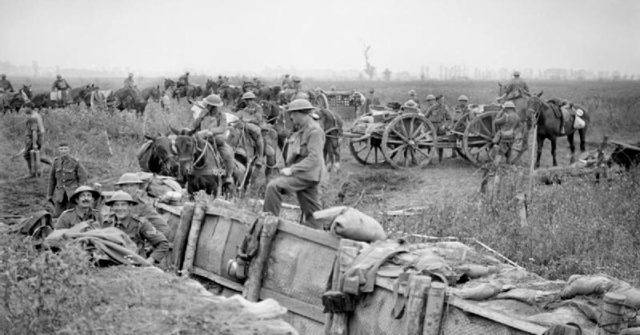
During the German Spring Offensive in 1918 he was wounded, but returned to be awarded a Bar to his MC at the Battle of Amiens, for moving on foot under heavy German shellfire to direct his tanks.
At the final large battle of the war, The Battle of the Sambre, on November 4, during which famed war poet Wilfred Owen was killed, Robinson commanded tanks that supported his unit during the fighting.
Robinson died as the tanks were withdrawing, but the exact circumstances are unknown.
He was buried where he fell, but his body was later re-interred at the Highland Cemetery, Le Cateau.
Historian Stephen Pope said: “I think that the lesson of Eric’s death, as with Wilfred Owen and all those who died in November 1918, was that the British Army and its Allies were committed to the defeat of the German Army in the field and bringing the war to an end, whatever losses were required.
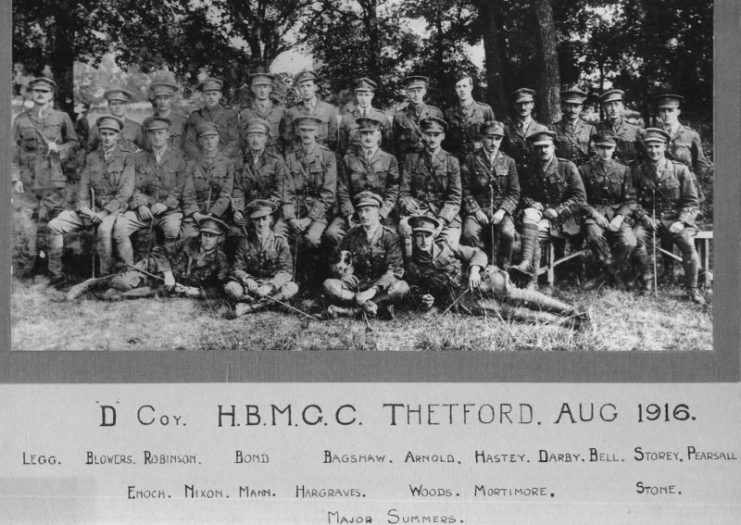
“The Armistice was unexpected, as we know from the 1919 plan. It was only the threat of renewed hostilities which forced the German government to sue for peace.
“Mine may be an unfashionable view but it is only fair to say that the Germans were forced to accept that their wholly unacceptable aggression in 1914 had failed.
“Sadly, however, the losses suffered by the Allies resulted in appeasement of the Nazis in the 1930s and the need to destroy the Hitler regime in the Second World War.”
David Willey, curator of the Tank Museum, said: “At the museum, we not only exhibit the tanks and hardware, but also the stories of the people involved.
“Eric Robinson’s story is sad but not untypical, dying as he did just days before the end of the war.
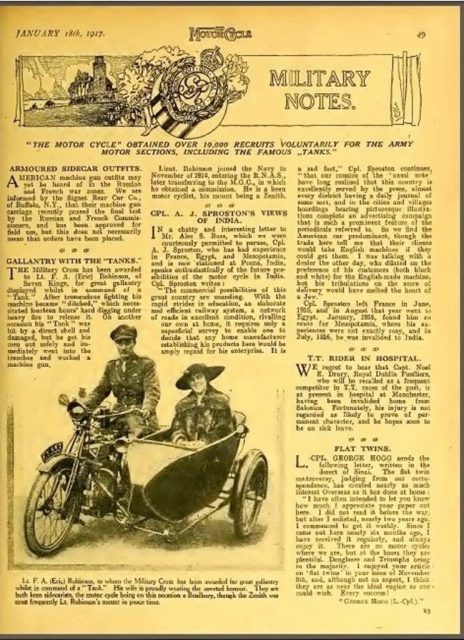
“Due to his engineering background and interest in motorcycles he was identified as someone who was suitable for the new British weapon; the tank.
“And he was at the very first battle at which tanks took part, and the very last.
“He typified the bravery of these often very young men who were the pioneers of tank warfare.
“Often the tank commanders were on foot outside the tanks during battle, directing their crews across the battlefield to assist the infantry in the right place.
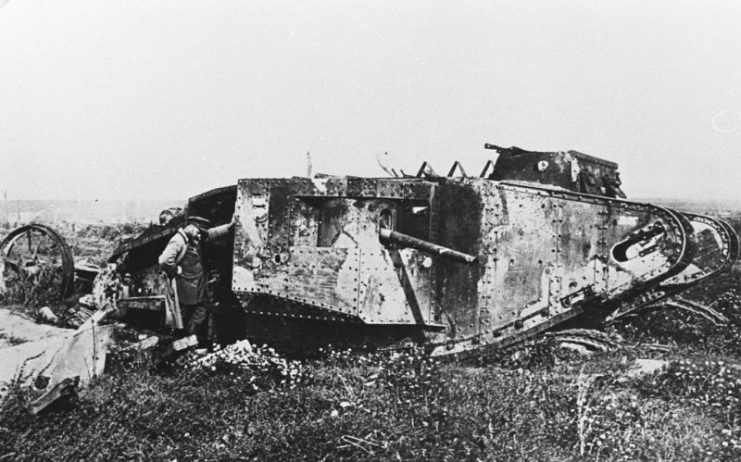
“A century after the end of the Great War it’s important we don’t just remember the sacrifices of these young men, but also their achievement in winning a war against an oppressive power. You cannot say they died in vain.”
Read another story from us: Tanks For The Memories: The First Ever Tank Commander
Frederick Robinson was born in Wood Green, London, on the 2nd October 1892.
He had the same first name as his father and was always called Eric.
At the outbreak of war he worked in the electrical department of the India Rubber, Gutta Percha and Telegraph Works Company, based at Silvertown.
